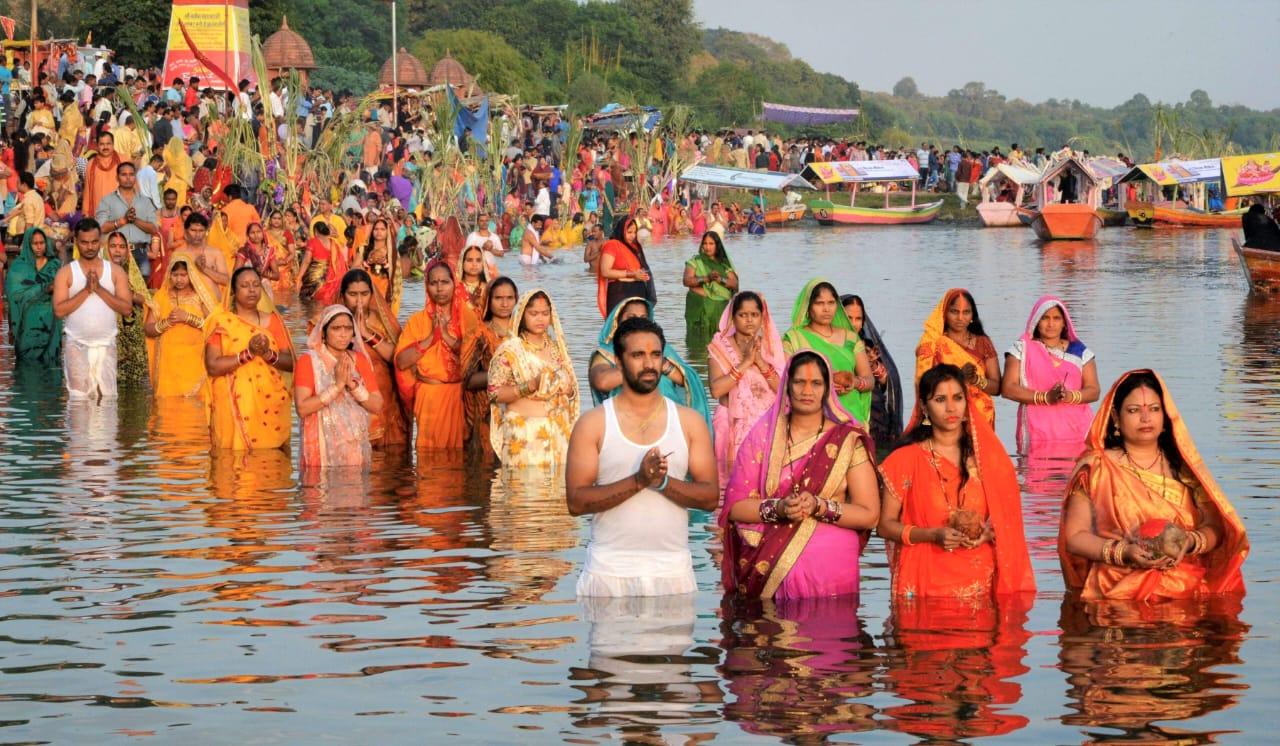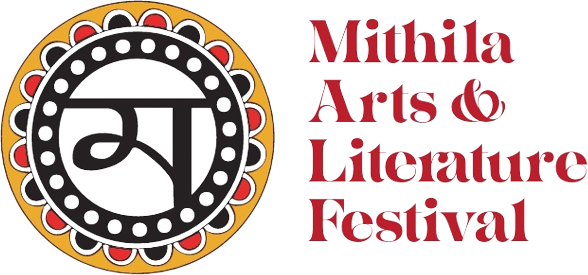Chhath Puja is an old and spiritually significant festival in India, observed with deep devotion in Bihar, eastern Uttar Pradesh, Jharkhand, and the Mithila region of Nepal. It has also emerged as an emotional cultural cornerstone for Bhojpuri and Maithil communities residing abroad in cities such as Dubai, London, and New Jersey. In contrast to other festivals that exclusively commemorate achievements or new beginnings, Chhath is distinctive for its worships of both the setting and rising sun. This dual worship symbolizes the acknowledgment of life’s closed chapters with gratitude and the welcoming of new hopes with faith. Rooted in environmental harmony and purity of devotion, Chhath Puja continues to shine as a reminder that human life is deeply connected to the rhythms of nature.
The Significance of Chhath Puja
Chhath Puja is principally devoted to Lord Surya, the Sun God, the perpetual source of light, energy, and sustenance. Alongside Surya Dev, devotees worship Chhathi Maiya, believed in regional traditions to be the goddess of fertility and protector of children. The rituals of Chhath aim to express thankfulness for sunlight, which sustains every form of life on earth.
In Hinduism, the Sun is seen not just as a celestial body but as a living deity that perceives truth and emanates energy. The entire festival conveys gratitude, purification, and spiritual elevation. Chhath observers believe that water and sunlight together help cleanse the mind, body, and soul.
"“ऊर्जस्य स्रोतः आदित्याय नमः।
Salutations to the Sun, source of universal energy.
Fasting, simplicity in food, and abstinence make devotees mentally focused and spiritually uplifted. Chhath is also seen as a prayer for family well-being, long life of children, good harvests, and ecological balance.
Rituals of Devotion: The Four-Day Vrat and Sacred Offerings
Chhath Puja encompasses four rigorous and spiritually profound days, characterized by stringent observance of purity:
Nahay Khay
The first day involves taking a holy dip in a river or pond. The devotee cleans the home and prepares only sattvic (pure) food cooked in a purified kitchen. This marks the beginning of the vow.
Kharna
On the second day, a long fast without water is observed until sunset. The fast is broken with prasad: handmade kheer, chapati, and jaggery. After eating, a complete fast begins again — often for 36 hours without food or water.
Sandhya Arghya
The third day is celebrated at sunset when devotees offer arghya (holy water) to the setting sun. The ritual reflects gratitude for the life lived and the light received throughout the day. Ghats glow with diyas, and devotional songs fill the air with spiritual warmth.
"“डूबैत सूरज ला अरघ दिअय, संकटन जहिया सभ टालू।
O setting sun, please accept our offering and remove all suffering from life.
Usha Arghya
The final day’s worship takes place early morning before sunrise when devotees offer prayers to the rising sun, inviting prosperity and new beginnings. After the arghya, the long fast is concluded by consuming prasad such as thekua, fruits, and sugarcane. The practice demonstrates that both beginnings and endings deserve equal reverence — a lesson deeply woven into Chhath philosophy.
Divine Tales: Myths and Legends Associated to Chhath Puja
Chhath Puja has strong mythological connections that reflect devotion and healing:
Ramayana Connection
After returning to Ayodhya, Lord Rama and Sita performed Surya worship during Kartik month, symbolizing gratitude for divine guidance throughout their exile.
Mahabharata Connection
Draupadi and the Pandavas observed Chhath to overcome challenges and recover their lost kingdom. Chhath is thus considered a vrat of strength and hope.
Worship of Chhathi Maiya
She is believed to be the sister of Lord Surya, protecting children from danger and bestowing them with good health. Many families observe Chhath after the birth of a child as a sacred thanksgiving.
Ancient Vedic Link
Chhath ritual practices mirror Vedic traditions where sages performed sun meditation near water sources for physical energy and healing. These stories emphasize that faith in divine light can dispel the darkest phases of life.
Ancient Roots: History and Cultural Heritage of Chhath
Chhath Puja is regarded as one of the most ancient forms of Sun worship in the Indian subcontinent, with its roots traced back to the Vedic age. Historical references suggest that sages (rishis) practiced intense yogic disciplines that involved absorbing solar energy through the skin and eyesight — a technique called Pranic healing. Facing the setting and rising sun while standing in flowing water was believed to purify the mind, body, and soul, strengthening vitality and longevity. This ancient spiritual tradition gradually evolved into the festival we recognize today as Chhath Puja. The cultural heartland of Chhath lies profoundly in Bihar, particularly the Mithila region, where the festival is not just a ritual but an expression of identity, purity, and community bonding. The ethos of Mithila — simplicity, discipline, and deep reverence for nature — shapes every aspect of this celebration. The offerings (Prasad) remain untouched by artificial colours or preservatives, symbolizing a return to earth’s pure elements: river water, bamboo baskets, clay diyas, sugarcane, and seasonal fruits like coconut and banana. Traditional Maithili and Bhojpuri folk songs play a central role in preserving the historical, emotional, and spiritual narrative of the festival. These songs are passed down orally, especially by women — the primary observers of the Vrat — keeping the heritage vibrant across generations. One such popular Maithili Sohar (devotional folk song) beautifully expresses the divine connection:
"“छठी मइया आयल छथ, घर-घर में उजियार। सूरज भैया के संग में, करूऽ रहलती पहरदार।
(Goddess Chhathi arrives bringing light into every home, guarding us alongside the Sun god.)
The sacred praise for Surya Dev is also reflected in ancient Sanskrit mantras:
"“आदित्याय च नमः, मार्तण्डाय च नमः।
(Salutations to the radiant Sun, the giver of warmth and life.)
Another revered Maithili verse glorifies Chhathi Maiya’s blessings:
"“जय छठी मइया, जन-जन के अरध स्वीकारू, सुख-समृद्धि देलू, दुख-तकलीफ दूर करू।
(Victory to Goddess Chhathi! Accept the offerings of your devotees, bestow happiness and prosperity, and remove all suffering.)
Unlike many Indian festivals, Chhath Puja does not rely on priests, highlighting its people-centric and egalitarian essence. It emphasizes direct communion between the devotee and the divine, reinforcing the belief that purity of heart is the only gateway to blessings. The riverbanks, lakesides, and temporary ghats become sacred spaces where communities unite — regardless of caste, class, or social status — reflecting the deep democratic spirit of this age-old tradition. Through centuries, from the era of kingdoms in Mithila to the modern diaspora across the globe, Chhath has remained a proud cultural inheritance of Bihar. Its endurance speaks of a civilization that continues to honour its roots while shining brightly like the very Sun it worships — a reminder of resilience, gratitude, and the eternal cycle of dusk and dawn.
Chhath in Modern Times: A Global Celebration of Faith
In the modern world, Chhath has only grown bigger and more inclusive. Urban municipalities prepare ghats, organize cleanliness drives, and ensure safe participation for lakhs of devotees. With its rising popularity, Chhath is now celebrated in metropolitan cities like Delhi, Mumbai, Kolkata, and Bengaluru — even on artificial ponds and water tanks. Abroad, it strengthens cultural identity among migrant communities who gather in large numbers to perform rituals with traditional songs, bamboo baskets, and homemade prasad from their ancestral cuisines. Media and social platforms have amplified its global presence, allowing even those far away to feel connected to their roots.
"“सूरज भगवान रउआँ राखू, सुख-शांति भरू घर-आँगन।
(May Lord Surya protect us and bring peace to every home.)
Despite modernity and changing lifestyles, what has remained untouched is the festival’s simplicity — purity of devotion, environmental conservation, and a spirit of unity.
Conclusion: A Festival of Gratitude, Purity, and New Beginnings
Chhath Puja is not just a religious festival; it is a life philosophy. Through worship of both dusk and dawn, it teaches that every ending deserves gratitude and every beginning deserves hope. It reminds humanity that nature sustains us, and in return, we must cherish and protect it. With its profound devotional meaning, strong cultural identity, and environmental consciousness, Chhath continues to illuminate hearts around the world — celebrating light, life, and eternal gratitude under the grace of the rising and setting sun.

